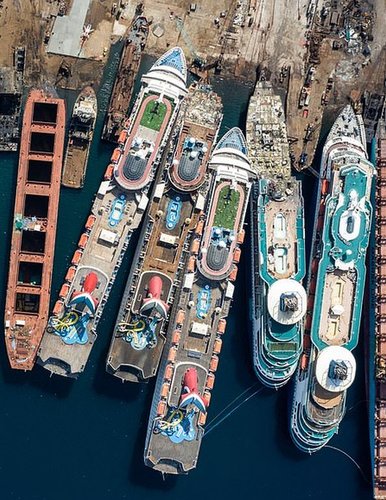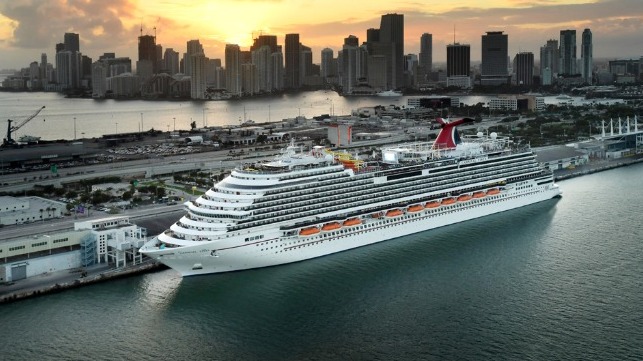Seems like cruise ship economics is another area where things are a bit different. I would have thought there should be some kind of downstream market for these things other than a breakers yard. Its not like they churn out hundreds of these things every year. This picture is from Turkey so I guess these were used mainly for the Euro cruise market.




